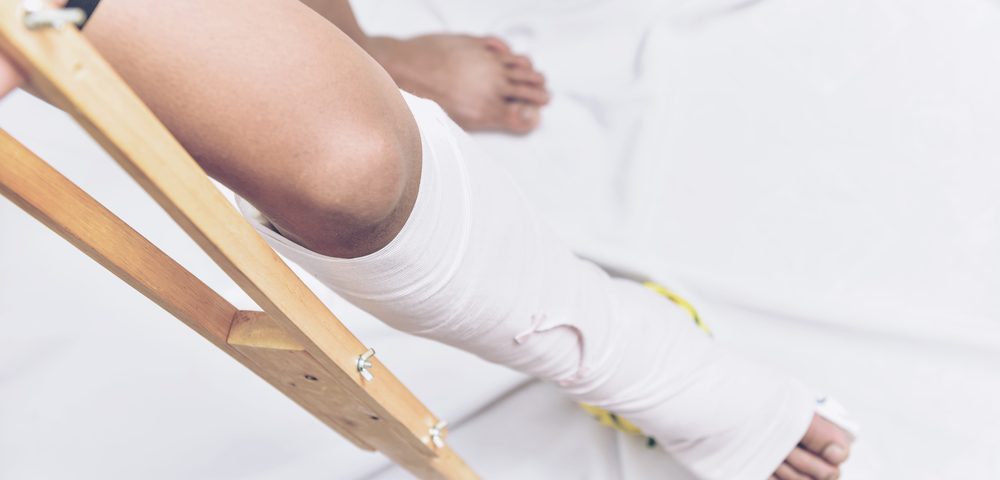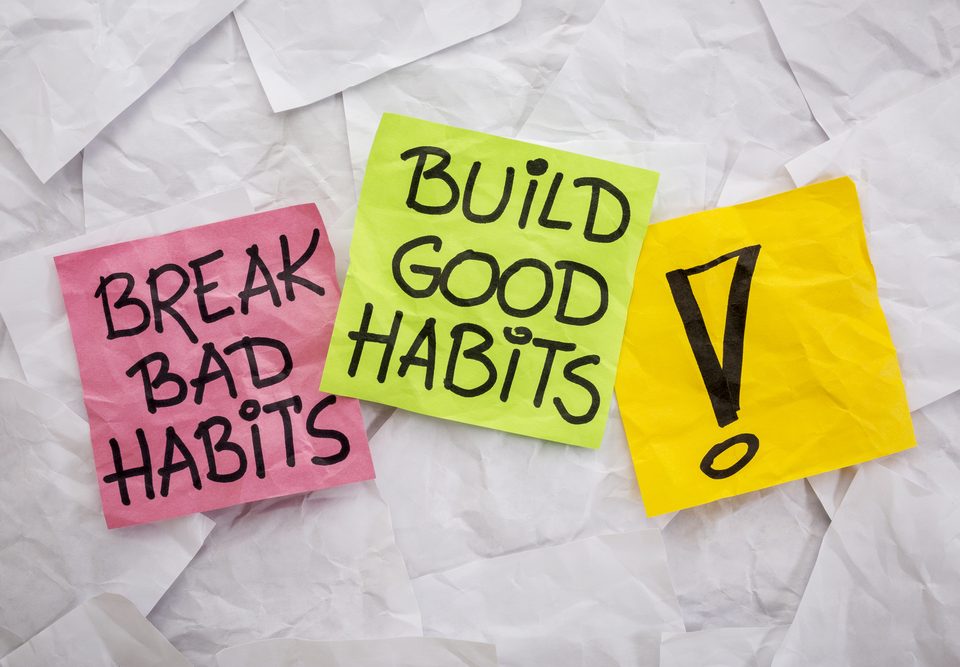
The Pitfalls of Social Media
August 31, 2020
Tide Pods
May 25, 2020Game Changer
Sports-related injuries on the rise among young athletes
Sports help kids build confidence, get fit and maintain a healthy weight, but some parents and coaches may be pushing competitive sports too far.
About half of all children’s sports-related injuries involve overuse, says Dr. Joel Brenner, chair of the American Academy of Pediatrics (AAP) Council on Sports Medicine and Fitness. Overuse injuries are the result of repeatedly damaging tendons, bones or muscles without allowing adequate time for healing. Because young athletes often worry about letting down their coach or team, they may keep playing through the pain, increasing the chance of a chronic injury.
While overuse injuries can occur at any age, they are far more serious in the young.
“With young athletes, their bones are still growing, so they’re not skeletally mature yet, and their weakest link is their growth plate. They can get fractures where they actually pull off part of the bone where the muscle attaches,” says Brenner, who is also the medical director of Sports Medicine at Children’s Hospital of The King’s Daughters in Norfolk, Va.
Common overuse injuries
Focusing on a single sport year-round significantly increases a child’s risk of overuse injuries, says Brenner. For example, sports that involve a lot of throwing, such as baseball and football frequently cause injuries to the elbow or shoulder. Gymnasts, cheerleaders and football players are prone to stress fractures of the lower back from repetitive hyperextension activities. Sports that focus on running and jumping, such as basketball or track, are more likely to cause injuries of the knee, ankle or foot. The continual gripping required in tennis or golf makes forearm or hand overuse injuries more common.
“One of the bad outcomes could be that they might have to stop playing their sports or maybe not be doing the activities that they want to do because they have chronic back pain, or they’re not able to throw the baseball anymore because of their persistent problem, ” says Brenner. Depending on the severity, overuse injuries can lead to surgery or early osteoarthritis.
Preventing injuries and burnout
Taking a break from a sport not only prevents debilitating overuse injuries, but also helps prevent burnout.
“We recommend having at least one day off a week from their particular sport—that’s to allow both their body and their mind to heal,” says Brenner, who is the primary author of the AAP clinical report on overuse injuries.
The AAP also suggests taking at least one or two months off from a specific sport each year, which can be broken up into smaller periods of time throughout the year. Kids who play on multiple teams in one season or play weekend multi-game tournaments are at a much higher risk of overuse injuries and burnout.
Sports medicine experts recommend following the 10-percent rule to reduce the chance of injury. Athletes should not increase their training time, total distance or number of repetitions more than 10 percent each week. Gradual increases allow the body to become conditioned and adapt to the higher workload.
“We want kids to be learning life-long physical activity skills, so when they’re out of high school, out of college, they can continue to participate in recreational sports,” says Brenner. “And that should be the ultimate goal.”
Story | Angela Ambrose


